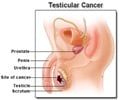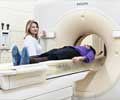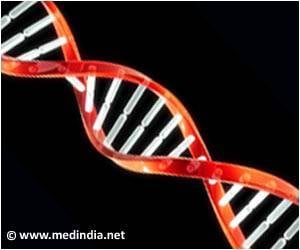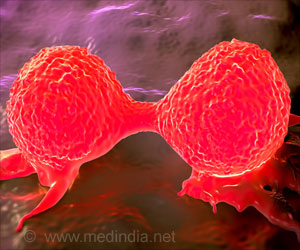Periodic CT scans in early stage testicular cancer could prove risky for elders. The scanning itself could trigger secondary cancers, warn UC Davis cancer researchers.

Along with a multi-disciplinary team of UC Davis researchers, Karim Chamie, a UC Davis urology resident at the time of the study, examined the cases of 7,301 men diagnosed between 1988 and 2006 with nonseminomatous germ cell tumor, the most common type of testicular cancer. Chamie and his colleagues wanted to know if, after initial surgery, frequent computed tomography (CT) imaging of men to check for new signs of the disease increased the rate of secondary tumor growth.
“This is the first study that I am aware of that shows that diagnostic CT scans cause cancer with statistical significance,” said John Boone, professor in the Department of Radiology at UC Davis, study co-author and internationally known CT expert. “The organizations that recommend these protocols need to reevaluate this aggressive use of CT and maybe opt for MRI or ultrasound.”
Chamie explained that men with stage-one testicular cancer are typically offered three choices of treatment after removal of a cancerous testicle: two doses of chemotherapy, lymph node dissection or “active surveillance,” which requires frequent CT scans.
According to the authors, in the 1980s active surveillance emerged as an attractive alternative to surgical removal of the retroperitoneal lymph nodes or chemotherapy in men with early-stage testicular cancer. Chamie, now a urology fellow at UCLA, said the surveillance choice is particularly popular among younger men, who fear the potential side effects of aggressive surgery or chemotherapy such as ejaculatory dysfunction, bowel adhesions, neuropathy and other problems.
In the 1990s, nearly half of patients diagnosed with early-stage disease were treated with orchiectomy (testicle removal) alone. For those patients, the National Comprehensive Cancer Network Guidelines recommend a total of 15 CT scans in the first five years after surgery (every two to three months for the first year, then tapering off each consecutive year) to check for new signs of disease. After four years, CT scans are recommended just once annually.
Advertisement
“What has happened is that because CT images are so diagnostically useful, physicians request them for their patients in great numbers, so the concerns are really based upon the fact that 80 million CT scans are performed every year in the U.S.,” said Boone. “That is a huge number.”
Advertisement
Source-Medindia













